GE Profile PGSS5NFXSS Manual
Læs gratis den danske manual til GE Profile PGSS5NFXSS (128 sider) i kategorien Køleskab. Denne vejledning er vurderet som hjælpsom af 9 personer og har en gennemsnitlig bedømmelse på 4.6 stjerner ud af 5 anmeldelser.
Har du et spørgsmål om GE Profile PGSS5NFXSS, eller vil du spørge andre brugere om produktet?

Produkt Specifikationer
| Mærke: | GE |
| Kategori: | Køleskab |
| Model: | Profile PGSS5NFXSS |
Har du brug for hjælp?
Hvis du har brug for hjælp til GE Profile PGSS5NFXSS stil et spørgsmål nedenfor, og andre brugere vil svare dig
Køleskab GE Manualer
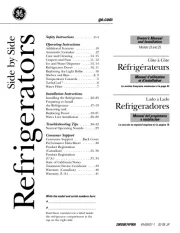
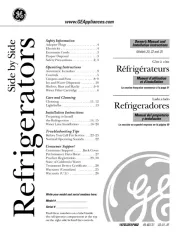
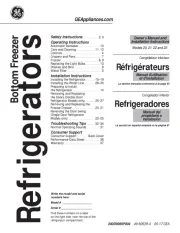
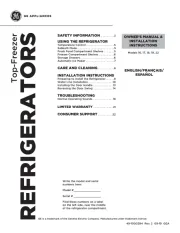
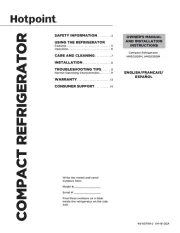
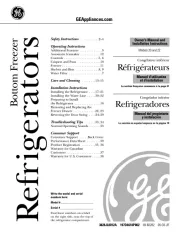
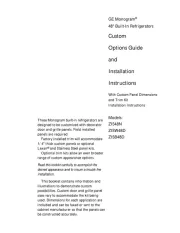
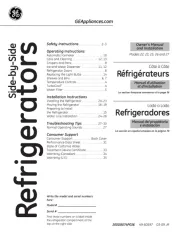
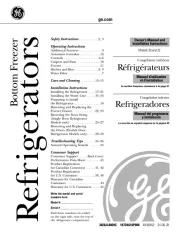
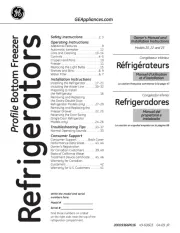
Køleskab Manualer
- Cooluli
- Techwood
- Vevor
- Aspes
- Vedette
- Nemco
- Juno-Electrolux
- Orbegozo
- Heinner
- Premium Levella
- Fulgor Milano
- Daewoo
- Kelvinator
- Heller
- De Dietrich
Nyeste Køleskab Manualer









